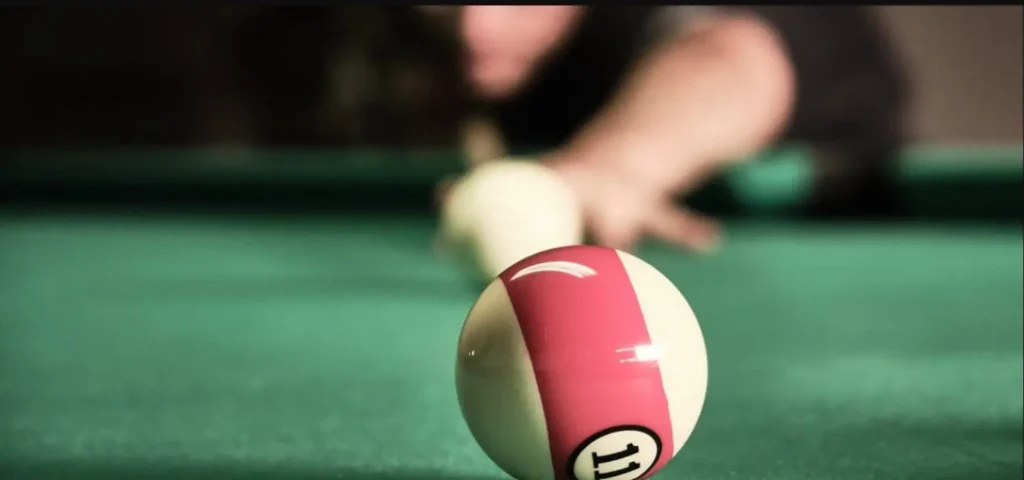You know that sound when you accidentally hit the cue ball into a pocket during pool? That’s called a scratch, and it’s a foul and gives your opponent an advantage. But what really is a scratch, and how can you stop doing it? This blog explains scratches in pool and gives you tips to avoid it.
Scratch In Pool – Definition:
A scratch in pool happens when the cue ball accidentally goes into a pocket after you take a shot. It’s considered a foul, which means you give your opponent an advantage in the game.

Different Types of Scratch Fouls:
There are a few ways a scratch foul can happen:
Scratching on the 8-ball
This is a big mistake in 8-ball. If you pocket the cue ball along with the 8-ball, you lose the game. If you only pocket the cue ball while shooting the 8-ball, your opponent gets a major advantage by placing any ball anywhere on the table for their next shot.
Gameplay Scratch
This is basically any situation where you accidentally pocket the cue ball during regular play (not the break shot). Just like with scratching on the 8-ball, your opponent gets to pick a ball and place it anywhere on the table for their next shot. Some variations allow them to shoot from a specific spot instead.
Break Scratch
This one happens during the opening break shot. If you pocket the cue ball or knock it off the table completely, it’s a foul. Your opponent gets a big advantage by placing any ball anywhere on the table for their first shot. In some casual games, a break scratch might not result in a loss, but it’s still a bad way to start.
Table Scratch
This is a general foul that can happen anytime during the game. It occurs when you don’t pocket any balls legally, maybe you missed the shot entirely, or the cue ball didn’t hit any cushions. The penalty for a table scratch is similar to a gameplay scratch – your opponent gets to pick a ball and place it anywhere on the table.
How to Avoid Those Scratches:
Here are some key strategies to keep your cue ball out of the wrong hole:
- Master the Stop Shot: This is where the cue ball comes to a halt after hitting the object ball. Mastering the stop shot gives you more control over where the cue ball ends up after the break.
- Mind the Angles: When aiming for an object ball near a pocket, be mindful of the angle. Avoid hitting the cue ball too close to the pocket, or you risk it following the object ball in.
- Utilize Draw and Follow: These techniques add spin to the cue ball. Draw (backspin) slows the cue ball down after impact, while follow (forward spin) keeps it rolling. These spins can help prevent scratches, especially on tricky shots.
- Know Your Limits: Don’t attempt ambitious bank shots or jump shots if you’re unsure of your skills. Sometimes, a safe, controlled shot is better than risking a scratch.
- Practice, Practice, Practice! The more you play and experiment with different techniques, the better you’ll understand how to control the cue ball and avoid scratches.
FAQs:
What if I accidentally scratch?
Own up to it! It happens to everyone. Take the penalty and learn from the mistake.
Is there a way to get out of a scratch?
In some variations of pool, there might be specific rules that allow you to avoid a scratch penalty under certain circumstances. However, this is not common, so focus on prevention.
What’s the worst kind of scratch?
A scratch during the break shot can be particularly painful, as it gives your opponent a significant advantage.
By understanding scratches and implementing these tips, you’ll be well on your way to becoming a scratch-free pool shark (or at least a much less scratch-prone player). Remember, practice and strategic thinking are your best weapons against the dreaded scratch!


